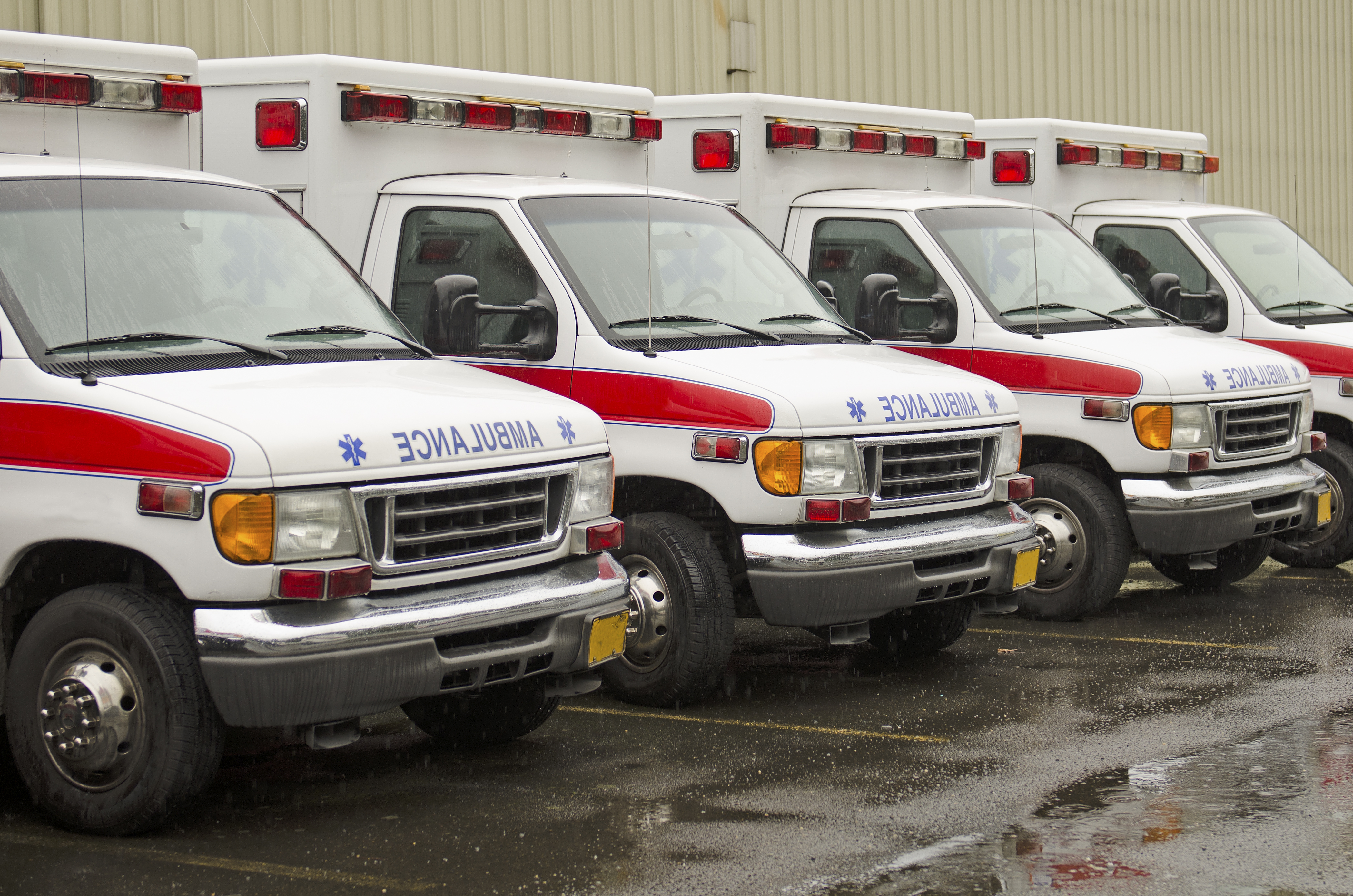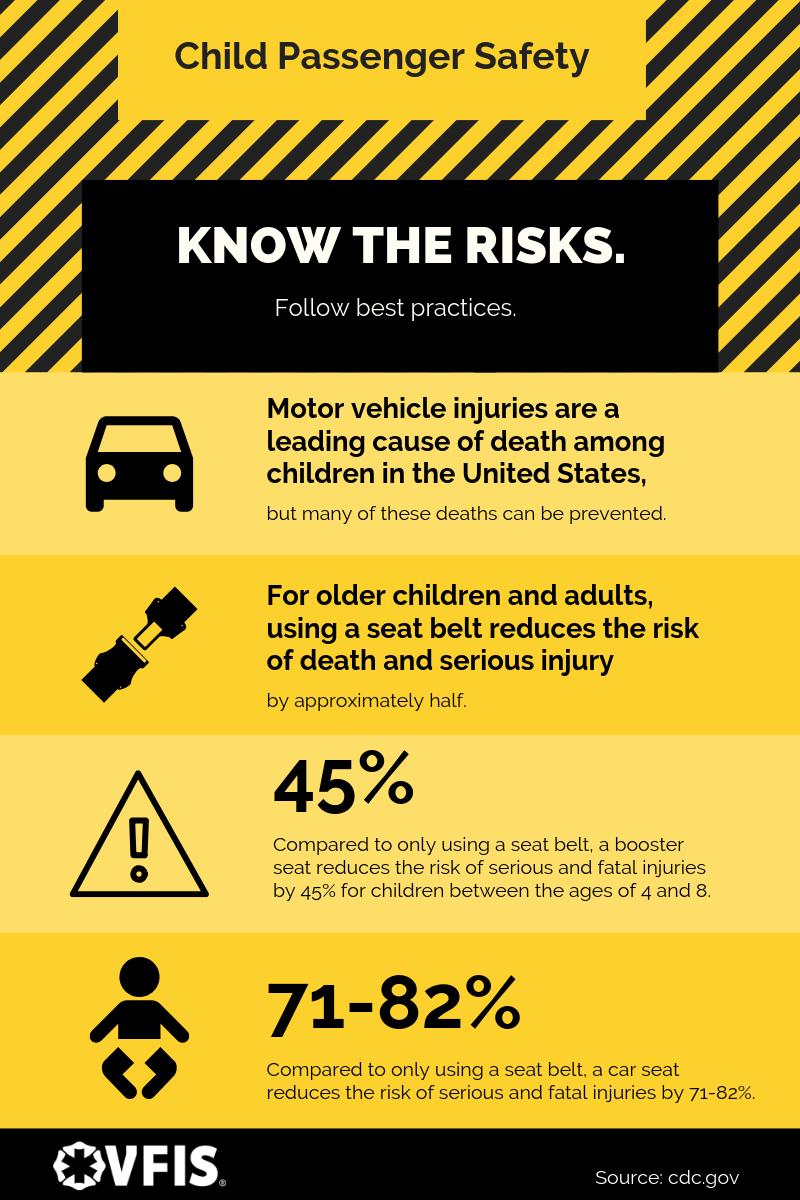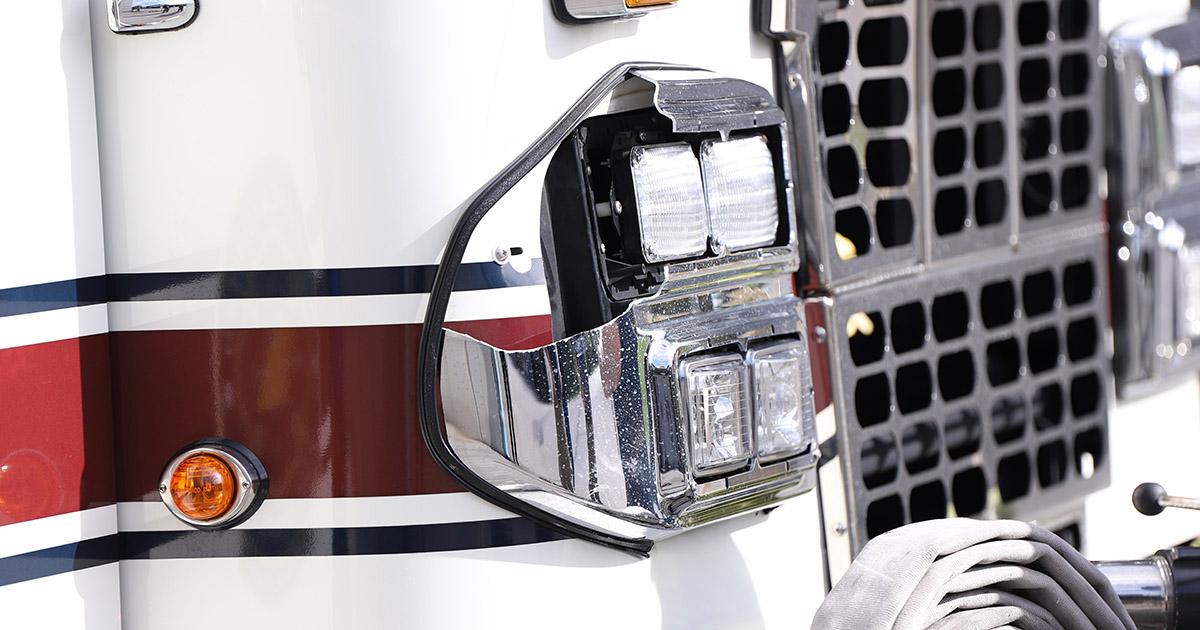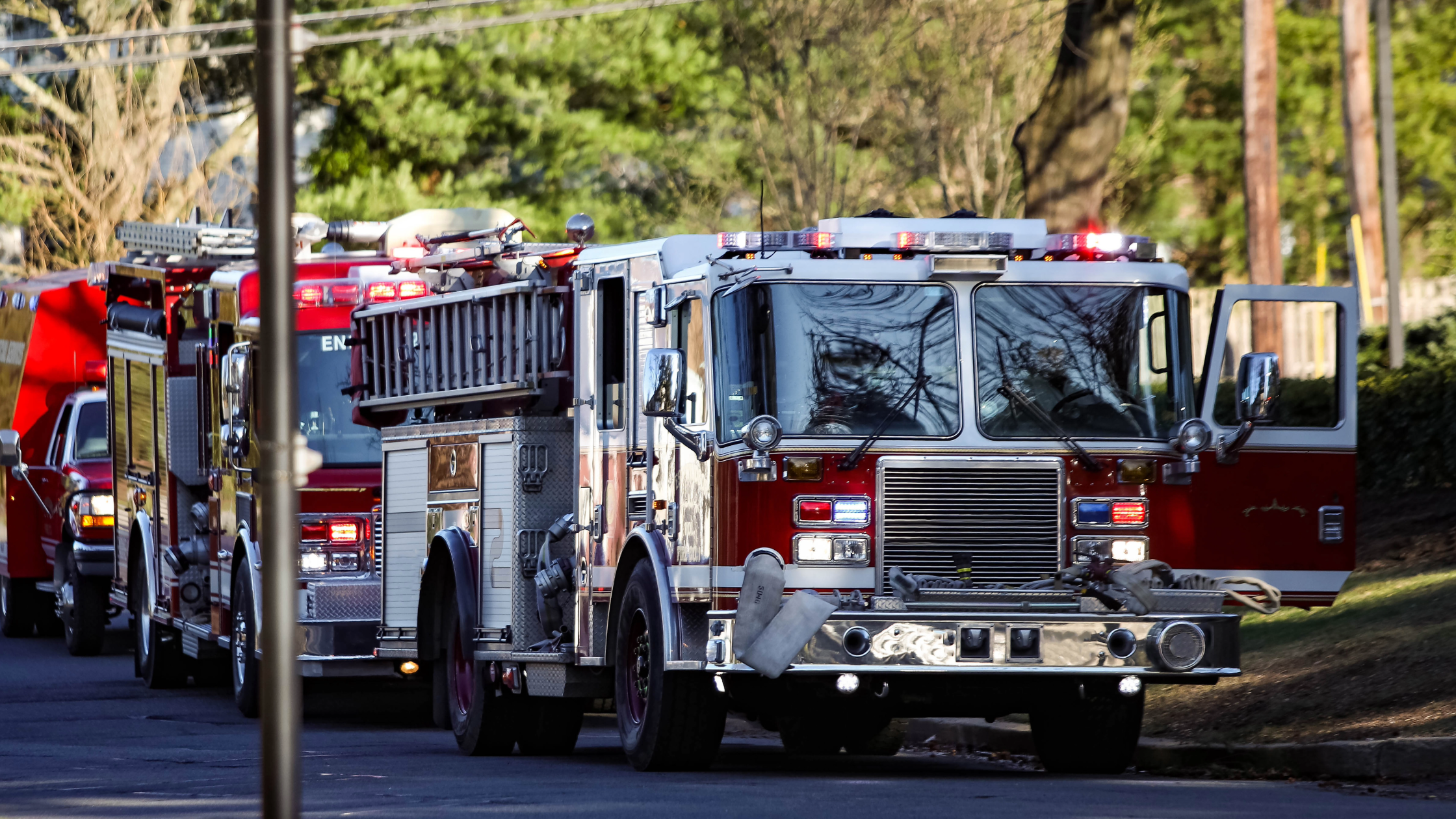How pediatric transportation safety has evolved — and how the EMS industry can respond.
There are approximately 6.2 million patient transport ambulance trips each year in the United States. No two patients and no two trips will ever be exactly the same. It's important that EMS teams prepare for all types of medical transports and account for patients of all ages, sizes and abilities. As technology continues to change, it's equally vital to for the industry to improve regulations and standards for transport teams. Let's explore the state of pediatric transportation safety: past, present and future.
A timeline of automotive safety
The man who (likely) changed everything for automotive safety
The exact origin of seat belt technology can be debated — but many believe that it all started with Lt. Colonel John Stapp. In 1954, Stapp was stationed at a research facility on a desolate Air Force base in New Mexico. He worked to improve pilot safety and studied human responses to acceleration, deceleration and wind-blast. He even made himself a test-subject when he climbed into a sled that launched him more than 3,000 feet in a matter of seconds and stopped abruptly with unprecedented force.
Although Stapp’s research was intended for military aviation, the Smithsonian National Air and Space Museum says “the benefits of Stapp’s research are evident every time a driver pulls on a seat belt or a jet pilot safely ejects from a damaged aircraft." While some vehicles were equipped with seat belts well before Stapp’s research, seat belts did not become standard in every passenger vehicle in the United States until 1964.
A child-focused approach to automotive safety
As early as the 1930’s, seats were available to “boost” a child high enough to look out the window. However, it was not until 1971 that companies began to focus solely on safety, and car seat manufacturer and safety-testing processes became regulated. Nearly another 10 years passed before the National Highway Traffic Safety Administration adopted federal standards. Today, almost every state has enacted a child seat belt or safety seat law, which has notably decreased the occurrence of pediatric fatalities in automotive collisions.
Learn more from the CDC here.
Regulations for securing pediatric patients
Over 1 million pediatric patients are transported by ambulances nationwide each year. There are an estimated 5,000 ambulance-involved crashes annually, with 10% involving infants or children. Until recently, the efforts to improve the safety of pediatric patients remained largely unsuccessful due to insufficient data collection and research.
Even though we are now well-aware of the risks, many states still have more stringent safety regulations to protect diapers packed onto a commercial truck than they do to protect pediatric patients by ambulance. Despite every state having either child seat belt or safety seat laws, few states regulate pediatric patients in ambulances.
How to address pediatric passengers
VFIS recommends organizations develop a written policy related to patient and non-patient passengers riding in department vehicles during medical transports. The policy should address the considerations, seating, assistance (if necessary) and alternative transportation of non-patient passengers — including infants and children.
- If an infant or child is the patient being transported by ambulance:
- Establish an organizational policy to address the transport of pediatric patients
- Consider the best practices outlined in the NASEMSO document
- Comply with all applicable laws or regulations
- If an infant or child is not the patient transported by ambulance:
- Consider alternative means of transportation using an appropriate child safety seat
- If the sole adult caregiver is the patient transported by ambulance:
- Identify alternative childcare options
- Consider alternative means of transportation using an appropriate child safety seat
Developing a standard of care for safe ambulance transport
The National Association of State EMS Officials (NASEMSO) published Safe Transport of Children by EMS: Interim Guidance in March 2017 to advocate the need for evidence-based standards and change within the industry. In the document, NASEMSO proclaimed that “safe ambulance transport should be considered as a standard of care for the EMS system."
The Commission on Accreditation of Ambulance Services (CAAS) says ambulance services should establish a policy which “requires the use of seat belts for everyone [in the cab and] in the patient care compartment (including patients) unless impractical to provide patient care," including the use of child safety seats.
As innovation continues to outpace regulation in the EMS industry, organizations and personnel have been cleared for takeoff! But we have to ask ourselves: how much time will pass before properly secured pediatric patients will become the norm?
DISCLAIMER
The information contained in this blog post is intended for educational purposes only and is not intended to replace expert advice in connection with the topics presented. Glatfelter specifically disclaims any liability for any act or omission by any person or entity in connection with the preparation, use or implementation of plans, principles, concepts or information contained in this publication.
Glatfelter does not make any representation or warranty, expressed or implied, with respect to the results obtained by the use, adherence or implementation of the material contained in this publication. The implementation of the plans, principles, concepts or materials contained in this publication is not a guarantee that you will achieve a certain desired result. It is strongly recommended that you consult with a professional advisor, architect or other expert prior to the implementation of plans, principles, concepts or materials contained in this publication.
This blog post may contain the content of third parties and links to third party websites. Third party content and websites are owned and operated by an independent party over which Glatfelter has no control. Glatfelter makes no representation, warranty, or guarantee as to the accuracy, completeness, timeliness or reliability of any third party content. References to third party services, processes, products, or other information does not constitute or imply any endorsement, sponsorship or recommendation by Glatfelter, unless expressly stated otherwise.
Related posts
We asked 10 members of our VFIS Team to name one auto-related risk that they believe is underdiscussed in fire and EMS agencies. Here’s what they said.
Most volunteer fire departments rely heavily on POVs, but there are inherent risks you should know.
Establish a Emergency Vehicle Operations Program that includes driver/operator requirements to help ensure your vehicles are in the right hands.










Submit a Comment